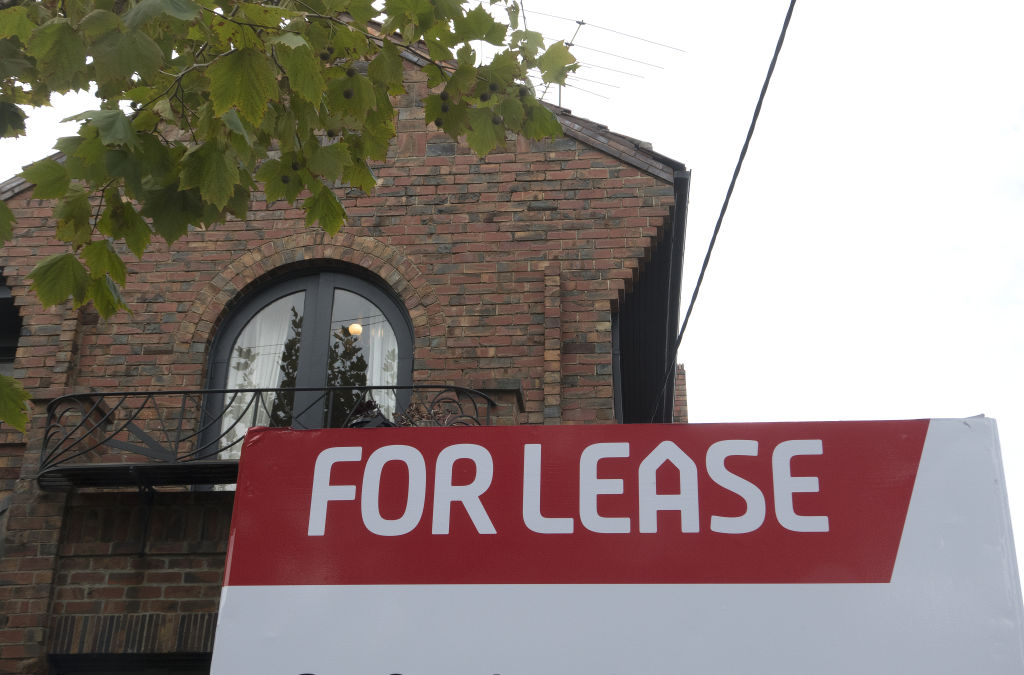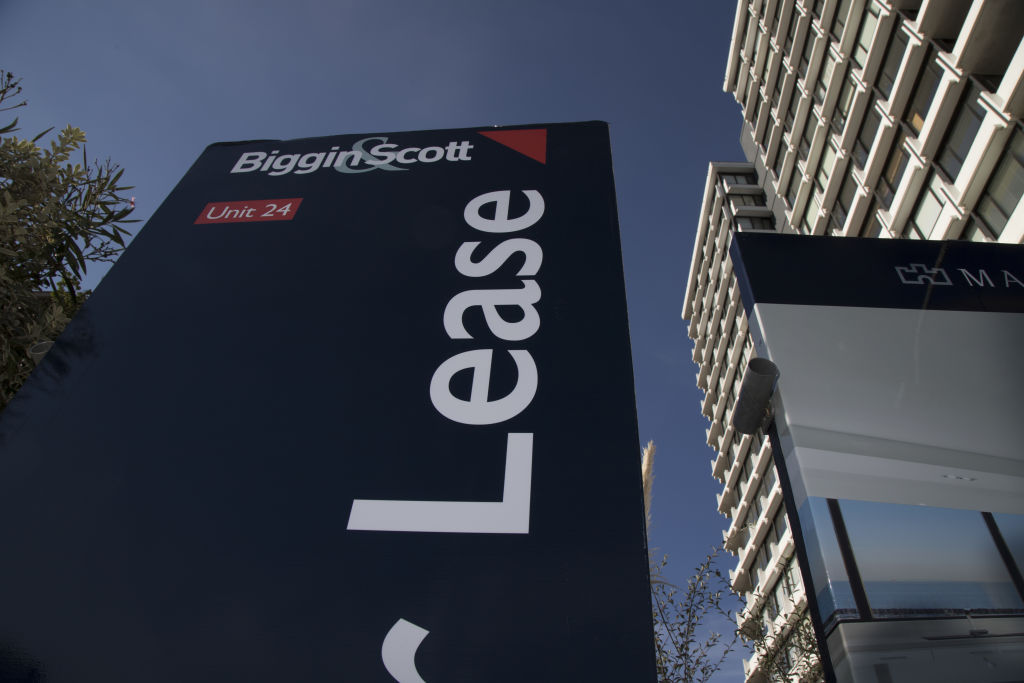Federal election 2019: More bosses than teachers get negative gearing tax breaks, ATO figures show

More corporate bosses than school teachers are taking advantage of negative gearing tax breaks, new figures show, calling into question the federal government’s contention that the concession is mostly used by ordinary Australians.
Middle managers across several industries were also frequent users of the property tax concession.
Landlords can deduct losses on rental properties from their salary to reduce their taxable income, but the policy is in the crosshairs this federal election campaign.
Labor proposes to restrict tax concessions for negatively geared properties to newly built homes only while grandfathering existing arrangements. The Coalition plans no change.
Some 70,985 bosses claimed rental losses on their tax during 2016-17, the Australian Taxation Office data shows. The figure adds together the occupation categories of chief executive/managing director, general manager and unspecified manager/director.
By contrast, 53,250 teachers claimed rental losses. The total figure includes the occupation categories of teachers for pre-school, primary school, middle school, secondary school, special needs, plus unspecified school teachers and other unspecified teachers.
Bosses were also more likely to negatively gear properties, with 17.3 per cent of individuals in this group claiming rental losses, compared to 13 per cent of teachers.
Meanwhile, individuals in middle management roles often recorded loss-making rentals, including advertising and sales managers (28,536), IT managers (12,878), construction managers (11,047), finance managers (9794), policy and planning managers (7791) and human resources managers (5168).
Treasurer Josh Frydenberg has previously suggested Labor’s policy would target ordinary Australians such as “teachers and emergency personnel” while Prime Minister Scott Morrison has earlier painted negatively geared landlords as “mum and dad investors” and said, “they’re nurses, they’re teachers, they’re police officers”.

Grattan Institute fellow Brendan Coates said higher-paid professions disproportionately enjoyed the benefits of negative gearing tax concessions.
“Higher-paid professions are much more likely to negatively gear,” Mr Coates told Domain.
“And they get much larger tax benefits from that because they’re on higher tax rates.”
He also noted that teaching and nursing were relatively populous professions, adding it was unsurprising that at least some in these categories would have investment properties.
Curtin University associate professor Steven Rowley said higher-paid professionals were better able to afford to lose money on investment properties.
“You would expect people on higher incomes have a greater capacity to take on investment properties, and the cost of investment properties,” he said.
“I’m not surprised people on higher incomes are more likely to negatively gear because they’ve got greater access to lending and are more able to service a mortgage on an investment property.”
Without commenting on either party’s housing policy, he said any changes to negative gearing or capital gains tax arrangements would likely have a different impact in different markets.
“I’d like to see changes that favour home buyers, particularly first-home buyers and making things more affordable, but it could potentially have a negative impact on the rental market,” he said.
AMP Capital chief economist Shane Oliver said workers in higher paid professions are paying higher marginal tax rates and have a greater incentive to take advantage of methods to reduce their tax bills.
“CEOs tend to be earning in the top tax bracket, and the greater your tax bill the greater the benefit you get from using that deduction,” he said.
Accountants were also frequent users of the property tax concession (32,510), alongside the often-discussed registered nurses (35,910).
Other occupations to take advantage of the tax break included administration assistants/office workers (28,450), office administrators or managers (23,916), electricians (16,629) and project administrators (15,505).
In total, some 1.3 million Australians claimed rental losses on their tax during 2016-17.
Top occupations that claimed rental losses, 2016-17
| Occupation |
Number of individuals |
| General manager | 43,388 |
| Registered nurse |
35,910 |
| Accountant |
32,510 |
|
Advertising/sales manager |
28,536 |
| Administration assistant/office worker |
28,450 |
|
CEO/managing director |
27,502 |
| Office administrator/manager |
23,916 |
| Secondary school teacher | 21,673 |
| Primary school teacher |
19,449 |
Source: ATO
The policy has been a hot issue in the lead-up to the election campaign, with the opposition making a pitch to young voters for “intergenerational fairness”. The Coalition has warned about changing housing taxes amid an already weakening property market, with housing prices falling in the two investor-driven major capital cities amid bank clamps on home lending and scrutiny from the financial services royal commission.
Treasurer Josh Frydenberg said in a statement that about 58,000 teachers and 42,000 nurses and midwives negatively gear, but did not respond to questions clarifying how the figures were calculated. It appears Mr Frydenberg’s statement was based on 2015-16 ATO data.
“Australians who negative gear are not necessarily rich,” Mr Frydenberg said, adding that most of these have only one investment property.
“In fact, two-thirds of those with a negatively geared property have a taxable income less than $87,000. These are hard-working Australians who put aside a bit each month to save for their future.
“This is a lose-lose policy. If you own your own home, it will be worth less, and if you rent it will cost you more.”
A Labor spokesperson said the party’s policy would help put first-home buyers back on a level playing field with investors.
“Given 70 per cent of the benefits of the CGT discount and 50 per cent of the benefits of negative gearing go to the top 10 per cent income earners, reforming these concessions will make the tax system fairer,” the spokesperson said.
“Under the Liberals, the cohort of investors with five investment properties is growing at six times the rate of those with one property.”
We recommend
We thought you might like
States
Capital Cities
Capital Cities - Rentals
Popular Areas
Allhomes
More







